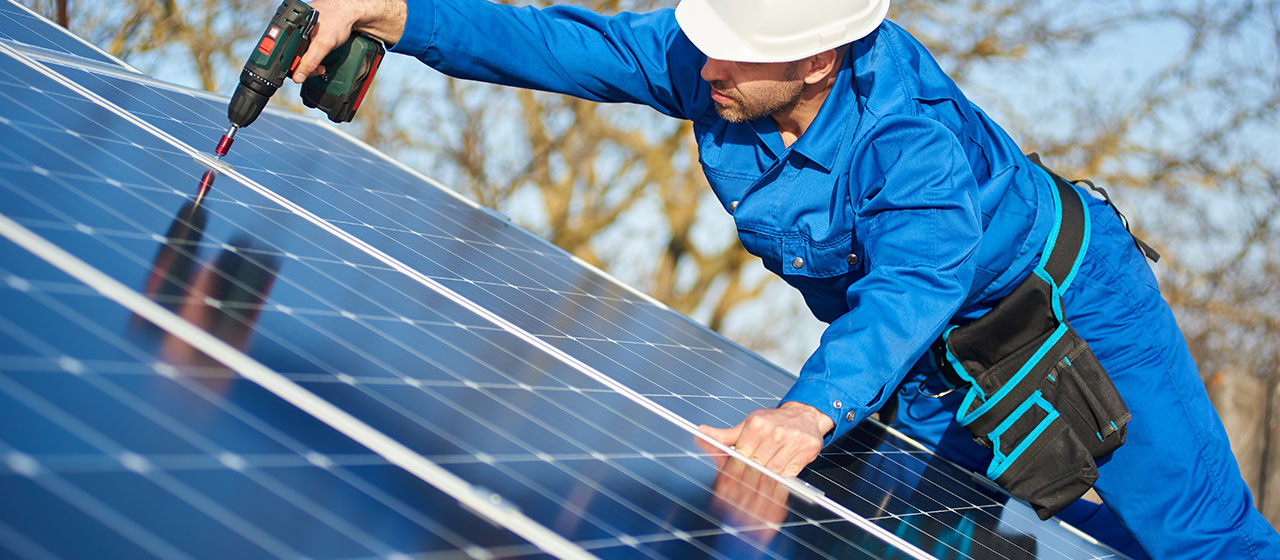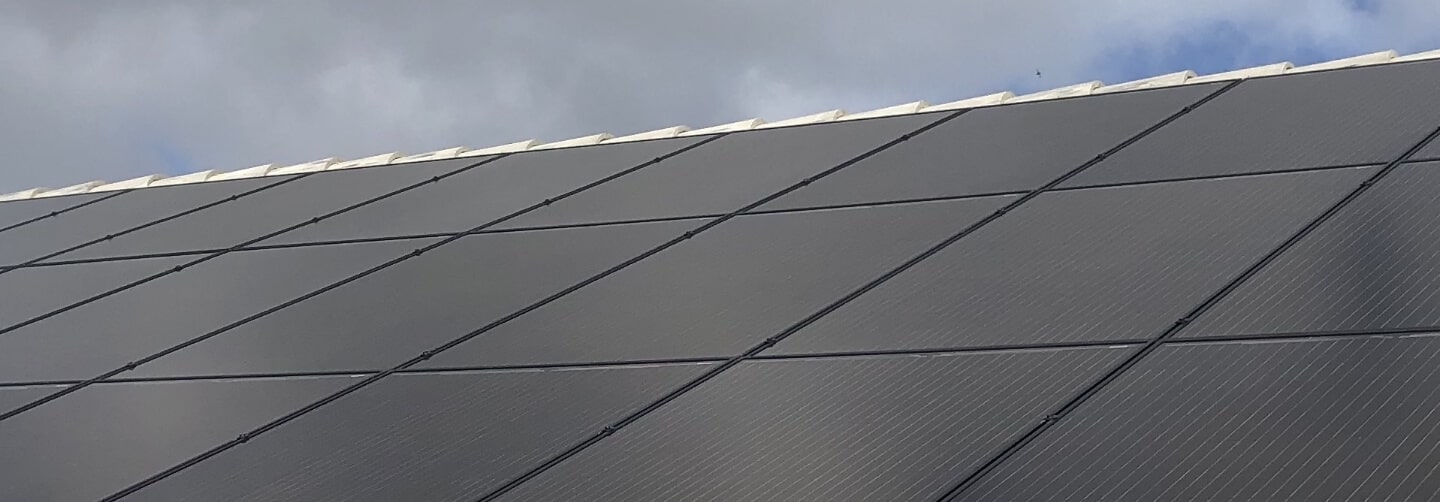What Are Solar Arrays And How Do They Work?

The solar array is a critical component of a solar panel system. It’s important because it houses all the panels responsible for collecting sunlight and converting it to electricity. Here, in the paragraphs below, we will discuss some essential factors to consider before installing a solar panel system in your home. This will help to ensure the most efficient array for optimal productivity.
How Do Solar Arrays Function?
In the simplest terms, a solar array comprises multiple solar panels working together to generate electricity. When referring to solar arrays, installers typically encompass the solar panels themselves and their arrangement – known as the solar photovoltaic (PV) system. To produce solar energy, the panels’ photovoltaic cells need exposure to sunlight. The sunlight initiates electron movement. This results in the generation of direct current (DC) electricity. The array is connected to one or more inverters. These convert the DC electricity produced by the solar cells into usable alternating current (AC) electricity.
The term “solar array” is often associated with large-scale solar projects. It can, however, refer to any group of solar panels. The information here primarily focuses on residential solar arrays commonly installed on rooftops.
Does the Location of Your Array Matter?
It is important to find out about the system design and proposed location of the solar panels from the installer. A solar array facing directly south in the northern hemisphere will generate more electricity compared to one facing east, west, or north. Why is this? Answer: It receives more sunlight hours.
While rooftops are a popular choice for solar panel installation, they are not the only option. If you have ample sunny land available, you may want to consider installing a ground-mounted system instead. Ground-mounted arrays are not limited by roof dimensions. This allows for optimal panel orientation and tilt. The result is increased electricity production over time.
How Many Panels Should Be in Your Array?
The number of solar panels required for a typical home ranges between 17 and 21. It depends on a number of factors, including your electricity consumption. Maximizing your savings involves trying to cover as close to 100% of your electricity needs as possible. This might require installing a few extra panels or higher wattage panels compared to your neighbor. It depends on your home’s energy requirements.
The number of panels also depends on geographic location and design. Solar panels in California, for example, generate more electricity than those in New York due to California’s higher annual sunshine. Installers consider your location when estimating the system’s production and create a design accordingly.
More Questions About Solar Arrays? Talk to the Experts at Solar Energy Solutions of America
We are dedicated to helping homeowners and business owners reduce harmful emissions from traditional energy sources while saving money on utility bills. At Solar Energy Solutions of America, we provide quality and personalized services and long-lasting products at competitive prices. Speak to us today.
